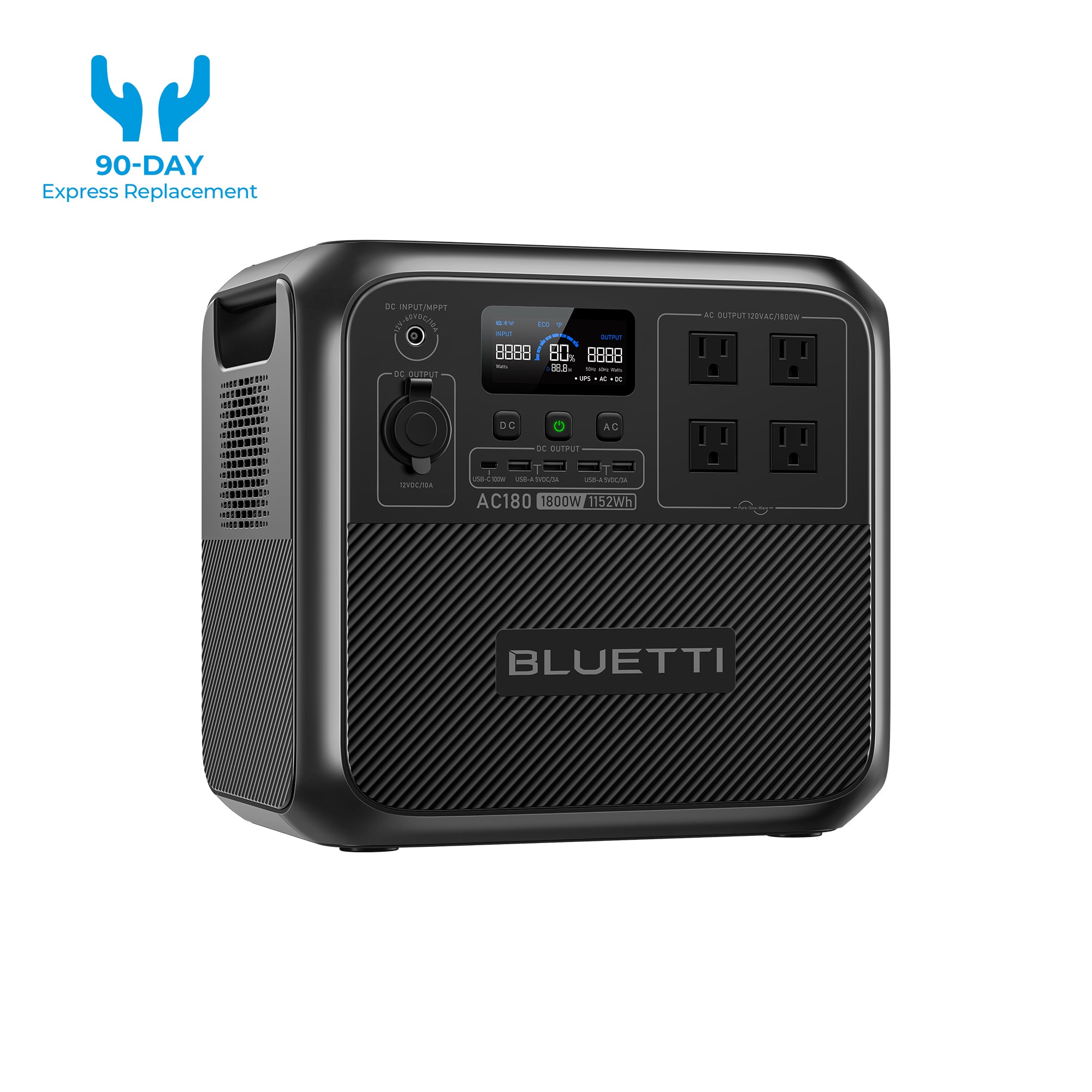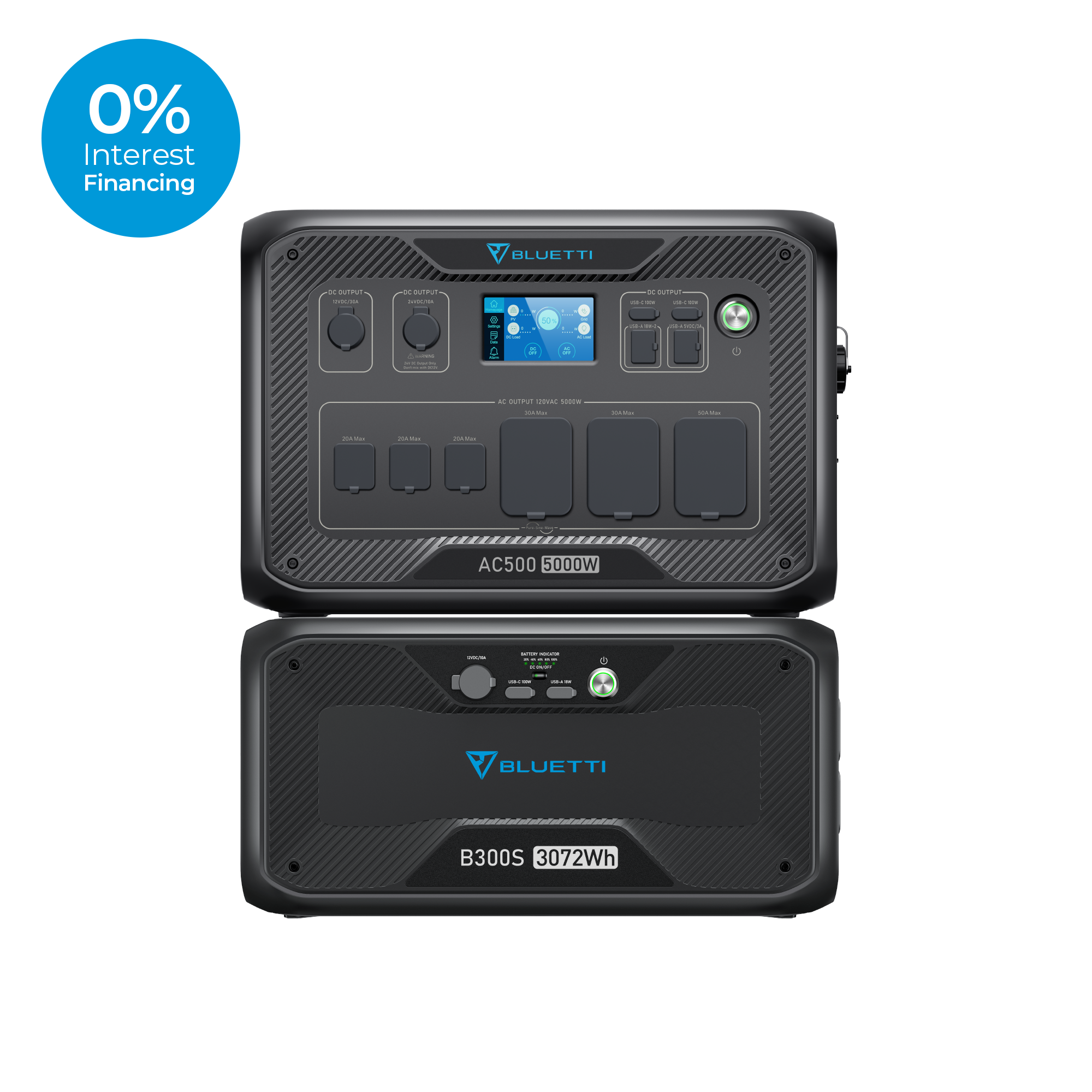Tornadoes are among the most dangerous and destructive natural forces on the planet. They can level entire towns within minutes. Tornadoes form when warm, moist air collides with cold, dry air, creating unstable atmospheric conditions. They can appear with little or no warning. However, there are usually telltale signs that one is about to form. Recognizing the warning signs can mean the difference between life and death, helping to ensure the safety of entire communities.
From sudden shifts in wind patterns and directions and speed to changes in the sky, nature will often provide clues about what is about to happen. Noises that resemble a freight train, darkening skies, and falling debris are all signs of a tornado. In this post, we will take a look at some key warning signs of tornadoes and what you can do to keep yourself and your loved ones safe.
Common Environmental Warning Signs of a Tornado
Tornadoes often provide clear signs before they occur. And sure, meteorologists rely on advanced tools and technology to track tornadoes. However, not everyone has access to such tech, and being able to spot the tell-tale signs of an approaching tornado can help you within a few minutes to dash to safety.
Here are common environmental indicators of a tornado.
1. Darkening, Greenish Skies
The first thing that you’ll notice before a tornado is that the sky will darken with a greenish hue. These dark greenish storms are often a precursor to tornadoes. The greenish hue is caused by the way the sun's rays interact with the storm clouds.
Scattering of light: The storm clouds will be filled with large droplets of water. When the sun's rays hit these water droplets, the light is dispersed. This is especially true with shorter wavelengths which include green and blue.
The angle of the sun’s rays: Tornadoes often occur in the later hours of the afternoon or evening hours when the sun is lower in the sky. The sun's rays thus have to pass through the atmosphere at an angle that then filters the red and the yellow wavelengths while simultaneously leaving out the green and blue wavelengths.
Presence of hail: Some scientists believe that the hail that is inside the storm clouds is responsible for the scattering of light which enhances the green and blue wavelengths.
2. Large Hanging Clouds

Note that tornadoes come from powerful thunderstorms, often supercells. Before one forms, you may notice large hanging clouds in the sky. If you notice that the clouds are starting to rotate into a funnel shape, then this is a clear sign that a tornado is imminent. If you also notice isolated cloud formations or wall clouds, this is another high-probability sign that a tornado is about to occur.
3. Sudden Calm After a Storm
If you notice fast winds that shift to rain and then everything becomes calm, then this could be a sign that a tornado is imminent. The reason behind the calm effect is that tornadoes create a vacuum-like effect, which causes them to pull surrounding air into their vortex. If a storm suddenly stops but the sky remains a greenish dark, then this could mean that a tornado is about to form.
4. Loud Roaring Sound
Many survivors of tornadoes often refer to the sound made by the storm as resembling a freight train. The sound comes from the intense suction of debris and air into the tornado’s vortex. If you notice this type of noise in conjunction with the others above, then it would be wise to take immediate shelter.
5. Dust Whirls and Falling Debris
The winds that come before a tornado may lift dust and debris into the air. You might also see branches snapping or even sudden gusts of winds tossing objects around. Such signs could indicate that nearby a tornado is forming.
To recognize environmental warning signs means that you’ll be able to act quickly which will boost the chances of getting to safety.
Recommended Warning Tools (Weather Radios, Emergency Alert Devices)

Image source: NOAA
Of course, being able to recognize natural and environmental warning signs is critical. But to have access to tornado warning tools can be a lifesaver. With modern tech, you can get real-time updates at the tips of your fingers, informing you on the severity of the weather conditions and allowing you to seek shelter and safety within a reasonable time before disaster strikes.
Let’s take a look at some of these important warning tools that you’ll need if you live in a tornado-prone area.
1. NOAA Weather Radios
A National Oceanic and Atmospheric Administration Weather Radio is a highly reliable tornado warning tool. The radios allow you to receive continuous real-time updates from the NWS (National Weather Service) and that includes tornado information. Furthermore, most NOAA Weather Radios come equipped with an Emergency Alert System, which activates even if the device is turned off. This has proven especially useful considering many tornadoes form at night while people are asleep.
2. Smartphone Emergency Alert Systems
Modern smartphones often feature Wireless Emergency Alerts (WEA), which notify users during severe weather events, including tornadoes. To receive such alerts, all you need to do is head off to your phone settings and turn on emergency notifications.
3. Outdoor Tornado Sirens
A lot of areas that are prone to experiencing tornadoes will have tornado warning sirens that will go off whenever there’s a tornado. The goal of the sirens is to warn those who are outdoors to immediately take shelter. That said, it’s important to note that you may not be able to hear them while you are indoors, and that is why it’s best to rely on multiple channels.
4. Weather Apps and News Channels
You can access real-time data and radar images on the condition of the weather via News Channels and Weather apps. Apps such as RadarScope and The Weather Channel will provide users with real-time data on any tornadoes in the area.
These tools used in combination can keep residents of tornado-prone areas updated and ensure sufficient time to reach shelter and get to safety before disaster strikes.
Importance of Fully Charged Electronics with Portable Power

During times of severe weather conditions, it is not uncommon to experience power outages. This is certainly true of tornadoes, which wreak havoc on everything in their path. During such times, it is paramount to keep electronic gadgets powered up, as those can help save lives by making communication possible.
One way that you can do this is by charging your portable power station via your car with the help of an alternator charger like the Bluetti Charger 1. You can then use the portable power station to charge your other devices, ensuring you are able to keep receiving updates on the weather conditions, contact emergency services, as well as connect with loved ones.
Let’s take a look at some important reasons you need a portable power backup solution.
1. Maintaining Access to Emergency Alerts
When your laptop, tablet, or smartphone is fully charged, you can receive real-time weather updates, including warnings and evacuation orders. Some emergency alert devices, such as the NOAA Weather Radio and the Weather Channel, will require access to the internet, and without power, there’s no way to receive such notifications.
2. Emergency Communication
Power outages can also affect home internet connectivity, which would leave smartphones as the only communication channel. This is why having a charged smartphone is crucial, as you are able to keep in contact with family members while also receiving real-time weather updates.

3. Portable Power Solutions
If you are looking to have extended battery life on your devices, then you’ll need a portable power station like the Bluetti AC180 Solar Portable Power Station. You can ensure that your devices and smartphones are fully functional for hours. With its impressive 1,152Wh capacity and 1,800W output, this power station can support up to 11 devices simultaneously, making it capable of powering crucial equipment like medical devices, fans, or refrigerators.
4. Backup Lighting
Many modern smartphones come with built-in flashlights. However, if the phone dies, then you simply cannot use this feature. This is why it's important to have your smartphone charged during the event of a tornado, ensuring an emergency light source at your fingertips.

By having a portable power station to help keep your electronic devices fully charged, you’ll be able to stay connected during times of tornado emergencies. A backup power station such as the Bluetti AC500 can prove highly useful during such times as you can wait out the tornado knowing that you have sufficient power when you need it.
Unlike noisy gas-powered generators that require constant refueling and emit harmful fumes, the Bluetti AC500 + 2*B300K provides clean, silent, and indoor-safe energy. Plus, it’s easier to maintain and charges quicker than solar-powered setups, making it the ideal balance of convenience and performance. You get technology that’s reliable and efficient, without the hassle.
Immediate Actions to Take Upon Recognizing Signs

Image source: NOAA
To be able to recognize tornado warning signs is the first step. You will also need to know what to do when a tornado is on its way. This often means taking measures and immediate action. Let’s find out:
1. Seeking Shelter
The immediate step to take once you see the signs that a tornado is on its way is to seek immediate shelter. And the best place to seek shelter is in the basement or a storm cellar. If you're in a mobile home or a car, find a sturdy building to shelter in immediately. Mobile homes and vehicles offer very little protection during a tornado. If you don’t have access to these, then find a small room without any windows in the lowest sections of your house, which could even be a bathroom or a closet. Avoid staying near windows, doors, or exterior walls, as these can collapse or shatter, causing flying debris.
2. Cover Yourself
After getting to the safe room, you will want to protect your body and head from any falling objects. You can protect yourself by lying under a mattress, a heavy blanket or a helmet for your head.
3. Check the Weather Updates
Keep listening to the NOAA weather audio updates, local news channels, and emergency alerts from the smartphone. Note that the events leading to, during, and even after a tornado could change quickly, and keeping yourself updated will help you make the right choices. Never assume that the danger has passed, and always wait for confirmation from official sources.
4. Avoid Dangerous Zones
If caught outside during a tornado, never seek shelter under a bridge or overpass, as wind speeds can intensify in these areas and increase danger. Instead, find a ditch, lie flat, and cover your head using your hands. Such actions can help lower the risk of getting injured or even worse, death during a tornado.
Conclusion
If there’s one thing, we can agree with about tornadoes is that they are as destructive as they are unpredictable. Being able to recognize warning signs can literally save lives. Checking for environmental indicators like dark greenish skies, rotating clouds, and roaring winds are crucial alerts. Making use of emergency tools such as the NOAA weather radio and mobile alerts can help keep you posted with weather updates, and having a portable power station can ensure all your devices are fully charged. Remaining aware and being ready is what it will take to keep both you and your loved ones safe during a tornado.









































































